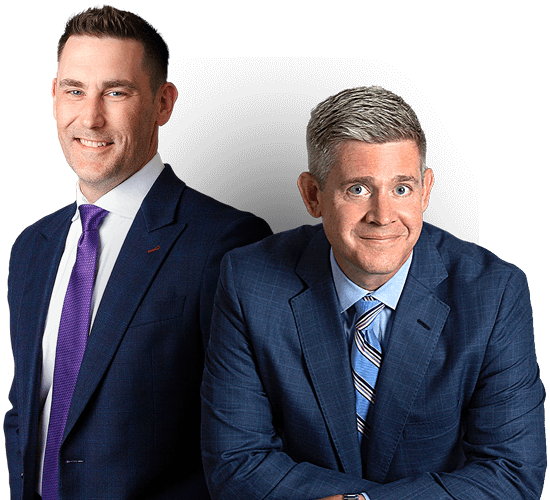Although some motorists may feel comfortable while navigating the Oregon roadways after dark, they may not be aware of the additional hazards that come with driving at night. According to data from the National Highway Traffic Safety Administration, fatal car accidents peak on Saturday nights.
Not only is it harder to see in the dark, but issues such as driver fatigue, intoxicated motorists and distracted drivers also increase the risk of becoming involved in a serious automobile accident. The National Sleep Foundation reports that at least 103 million people have admitted to falling asleep behind the wheel.
Compromised night vision
One of the most common hazards of nighttime driving is the lack of natural sunlight. Even with artificial streetlights and moonlight, drivers experience a change in depth perception, peripheral vision and color perception. For instance, it is more difficult for a motorist to distinguish the speed and distance of an oncoming car at night as opposed to during the day.
This is especially true for drivers over the age of 60, who may suffer from cataracts, glaucoma and macular degeneration. The National Safety Council reports that drivers over the age of 50 need twice as much light as drivers 30 years old or younger.
Although headlights are necessary to help light the way in the dark, they can cause temporary blindness to those who look directly into the bright headlights of an oncoming car.
Stay safe on the road
There are a number of steps motorists can take to minimize their risk of becoming involved in a nighttime accident. These include the following:
- Get at least seven hours of sleep each night
- Avoid driving while extremely tired
- Avoid distractions, such as changing the radio or using a cellphone
- Driver slow and remain alert at all times
- Make sure your headlights are clean and dim your interior lights
- Have an annual eye exam
It is critical to drive slow at night and remain alert at all times. Motorists are less likely to see objects on the road, animals, bad weather conditions, motorcyclists and pedestrians at night and need the extra time to respond.


